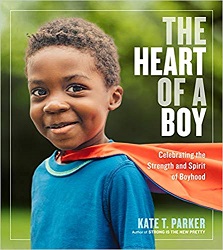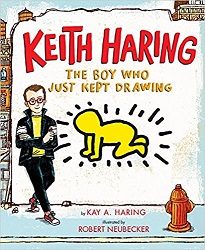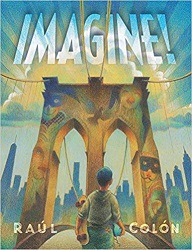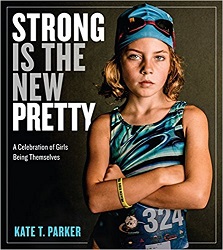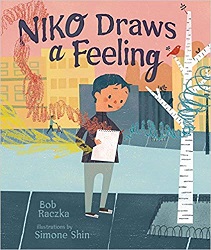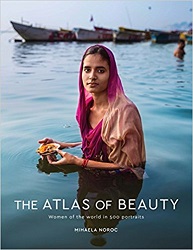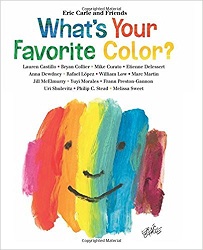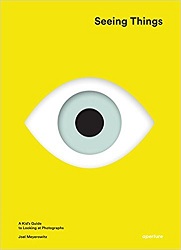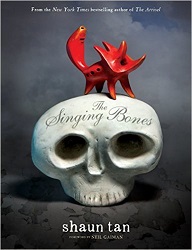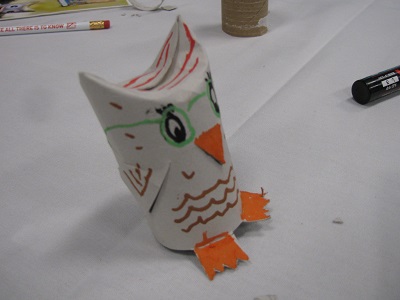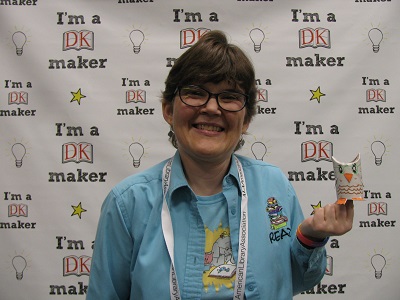Review of The Heart of a Boy, by Kate T. Parker
Celebrating the Strength and Spirit of Boyhood
by Kate T. Parker
Workman Publishing, 2019. 250 pages.
Starred Review
Oh, I love this book! I was already crazy about Strong Is the New Pretty, the book the author wrote celebrating girls. Now she’s done an equally wonderful job taking photographs of boys. (And the boy on the front cover is the most adorable ever!)
Both are books of photography, with large mostly close-up pictures, focusing on faces. Both books break some stereotypes, so in this book you do have many pictures of boys being tender.
The chapters break the photos loosely into categories. Here are the chapter titles: “The Heart Is Vulnerable,” “The Heart Is Joyful,” “The Heart Is Dedicated,” “The Heart Is Playful,” “The Heart Is Creative,” “The Heart Is Resilient,” “The Heart Is Expressive,” “The Heart Is Independent,” “The Heart Is Curious,” and “The Heart Is Kind.”
Each photograph is accompanied by a caption with the boy’s first name and age and a quote from him. Here are a few random examples:
“I want to be president because I am helpful, kind, and nice.”
“I liked losing my front teeth because I could fit Tic Tacs through the hole!”
“Wrestling taught me perseverance in everything I do. That in order to move a wall, I have to push until I can push no longer. Only then, after giving everything I’ve got, will that wall move.”
“Cade is my best friend. We have so much fun together whatever we do. We can just be really silly and do nothing and still have fun.”
“Baseball is a lot of fun. I love the sport because I can play with my friends and teammates. The hardest part is that I can’t run as fast as the other kids because of my knee disability. So I have to try much harder to keep up.”
“I like soccer. I like baseball. I like to dance, too. The best part is tap dancing becase it is fun and it makes me feel good.”
“People say, ‘You look like a girl. Your hair is too long, your hair isn’t normal, your hair doesn’t look like boy hair. Why are you wearing pink leggings? Why do you wear tight clothes? Why do you wear so much jewelry?’ But I like the way I am.”
“When I’m drawing my characters come alive, and it’s as if they are right there speaking directly to me.”
Now you need to see the boys who have said these words – and many more. This is another fabulously affirming book.
Find this review on Sonderbooks at: www.sonderbooks.com/Childrens_Nonfiction/heart_of_a_boy.html
Disclosure: I am an Amazon Affiliate, and will earn a small percentage if you order a book on Amazon after clicking through from my site.
Disclaimer: I am a professional librarian, but I maintain my website and blogs on my own time. The views expressed are solely my own, and in no way represent the official views of my employer or of any committee or group of which I am part.
What did you think of this book?
